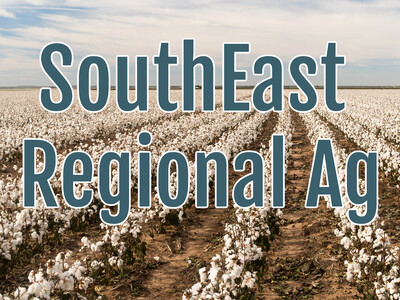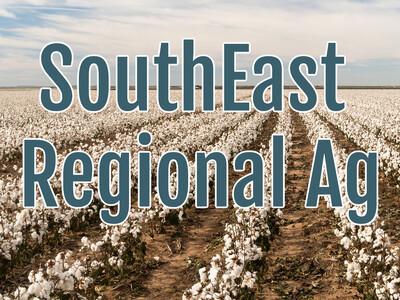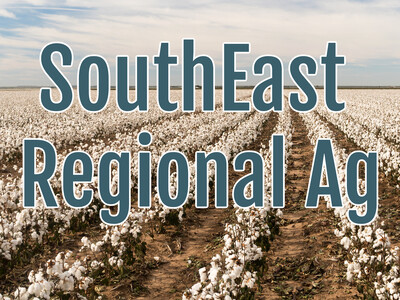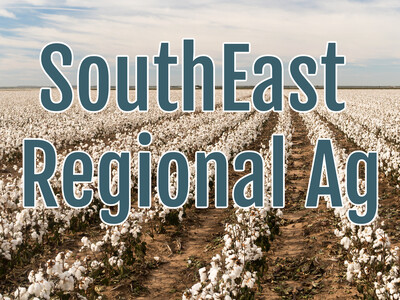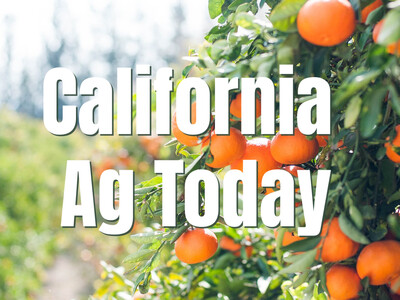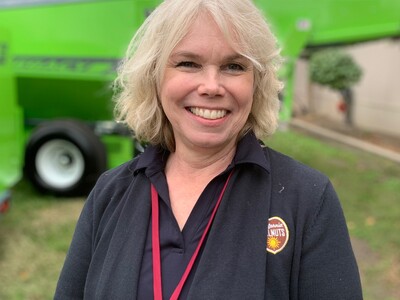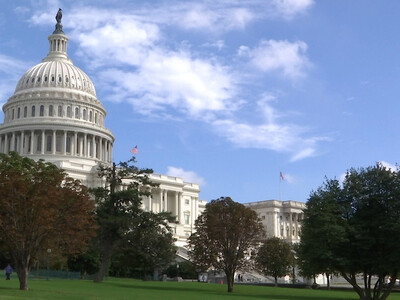Agriculture and Your Drone
With your Southeast Regional Ag News, I am Haylie Shipp. This is the Ag Information Network.There are some things that seem like common sense. Where one object is, another object can’t be. In fact, there’s probably a scientific law about it that I could recall if I thought about it long enough. But, that common sense may not be so common when it comes to the average drone.
As the U.S. agriculture industry enters the upcoming growing season, the National Agricultural Aviation Association (NAAA) is asking all uncrewed aircraft system (UAS) operators (or drones) to be mindful of low-altitude crewed agricultural aircraft operations. So again, don’t fly your drone where something else with a real human inside is flying.
Agricultural aviators treat 127 million acres of cropland in the United States each year in addition to pastureland, rangeland and forestry that help farmers increase productivity and protect their crops.
While aerial applications are already underway in many parts of the country, operations nationwide will peak during the summer months. In a survey conducted by NAAA near the end of the 2023 agricultural aviation season, 11% of manned aerial application operators reported that either they or a pilot flying for them encountered a drone while operating an ag aircraft last year.




